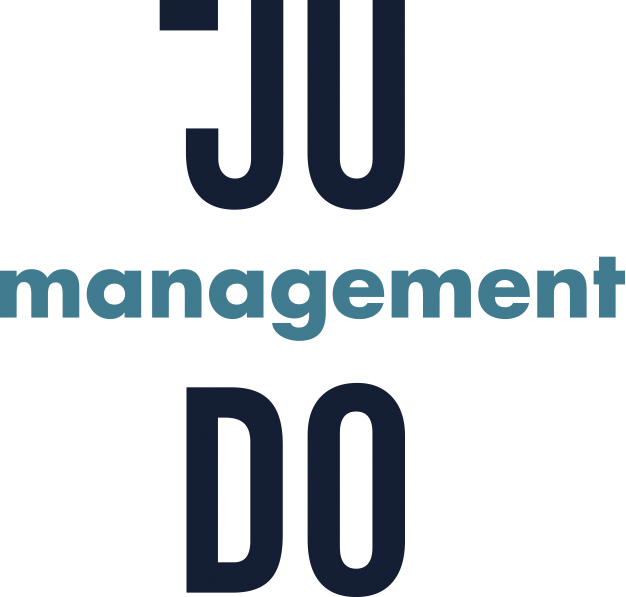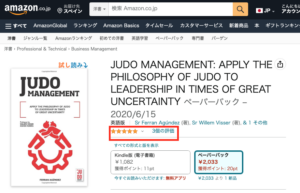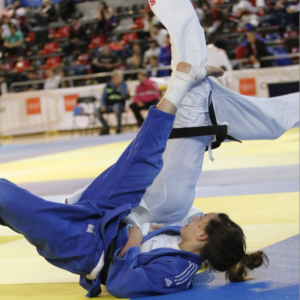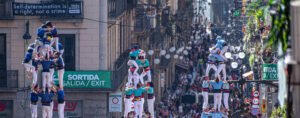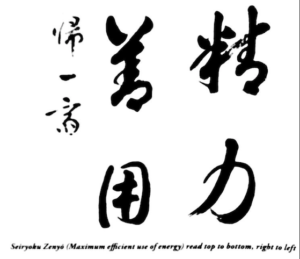To guide and to coach the different types of athlets (staff) a coach can use the personal coach report.
It is advisable to make and hand out a coaching report at least once a year (at the end of a season) with an account of the observations done according to the following criteria:
- Technique (general)
- Attack
- Defence
- Development
- Personal
Coaching reports can be of a different character:
a. General: With references to a certain match or a certain period.
b. Specific: These reports are person-orientated coaching-reports
An overall text might be written for this according to the above criteria or a criteria-form could be used on which items are to be underlined.
Example of an overall coaching report
Ad. a.
Coaching report for:…………….
Your technique is taking more definite form now. The further you come on a national and international level, the more intense the tension becomes, both physical as mental. You will have fewer and shorter moments to score. Your technique must be adjusted to that situation and on the whole become faster and more refined. It is very difficult to become more explosive and yet refine your technique (choosing the right moment). You do have the motor capacity and the mental rest to develop these aspects.
As mentioned above: work more explosive and refined. Seoi-nage has made room for Tai-otoshi. Tai-otoshi must also be developed with Henka (varied) Kumi-kata, e.g. with two hands at the sleeve and with two hands on one side, sleeve-lapel.
Gain a lot of experience in Randori with choosing the right moments for O-uchi-gari and O-soto-gari. With Barai more action of the arm and still more sweeping with the abdomen.
When training keep practising Yoko-tomoe-nage, so that you can use it in Shiai, if necessary. The position originating after Yoko-tomoe in Ne-waza, must be exercised a lot.
You must get stronger in all positions in Ne-waza; for the times being always first start with the same attack techniques in different positions.
By keeping the initiative to yourself you have found the answer to wild attacks. Especially at the international level you will be confronted in your class with physically very strong judoka with a lot of lifting technique. You will be sensitive to that. The position you take to prevent the lifting, makes you vulnerable to Harai goshi. That is why you must practice Tai-sabaki.
Your personality grows; you know exactly what you want. You have enough power of discernment and your somewhat childlike naiveté had gone. Adulthood, openness and friendliness are characteristic of you.
We already told you how good it is to have you with us and to work together with you to Top Class level.
Your club and your coach will work on for you a full 100% work on, bringing you where you belong: at the top
Good luck!!!
Of course it is good to use positive or constructive feedback.
Negative feedback disturbs the relation between the athlete and the coach and can be even the end of the relation between athlete and coach.
Willem Visser, Executive coach, Strategic Adviser, International Lecturer 8th Dan Judo IJF
With gratitude to all my teachers, specialists, colleagues and especially all the judoka that I was allowed to guide and to coach.
Sources and inspiring professionals: Van der Horst, Cobben, Abe, Saitoh, Yamashita, Uemura, Sugawara, Murata, Hosokawa, Komata, Takahashi, Nakamura, Kasuga, Kawashima, Kariya, Brousse, Besson, Rougé, Ruska, Geesink, de Cree, Barta, Vachun, Viser, Lascau, McConnell, Snijders, Sins, Hoogendijk, Boersma, Odinot, van Dijk, Klok and many others.
